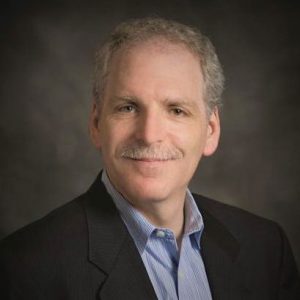- Time:
Virtual human twins have begun to transform the development of new therapies as well as the patient experience, closing the loop between the manufacturer and the patient. As the Living Heart Project has demonstrated, it is possible to reconstruct a human heart from the genetic makeup of the tissue to the ions flowing through the muscle fibers to the details of the resulting blood flow through the body. Companies can reconstruct patient experiences to better understand disease, in addition to designing and testing new treatments.
The next horizon is the human brain. While physically similar, in detail, the brain has enormous variability from person to person and many of its functions remain elusive. Yet, with modern techniques such as high-precision MRI, tomodensitometry, and electroencephalogram scans, it is possible to reconstitute not only the geometric shape of the brain but also the connectivity between the regions. Decomposing behavioral response over time, we can develop a unique understanding of the physiological cause and develop an ideal treatment plan for a given patient. In this GEN webinar, we will discuss the current state of The Living Brain Project and how it is being applied to traumatic brain injury, neuromodulation, neurodegenerative disease progression, and drug delivery through cerebrospinal fluid.
A live Q&A session will follow the presentations, offering you a chance to pose questions to our expert panelist.
Produced with support from:




